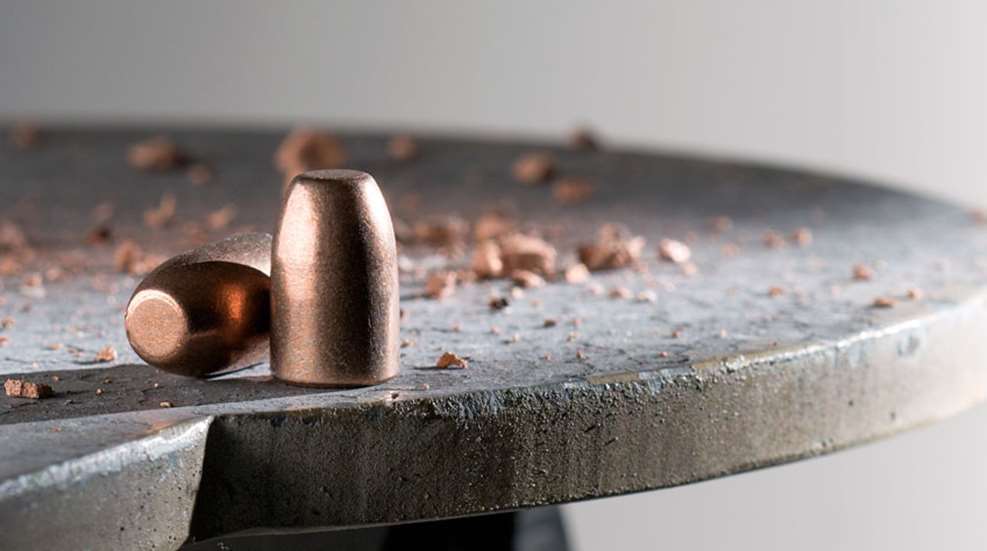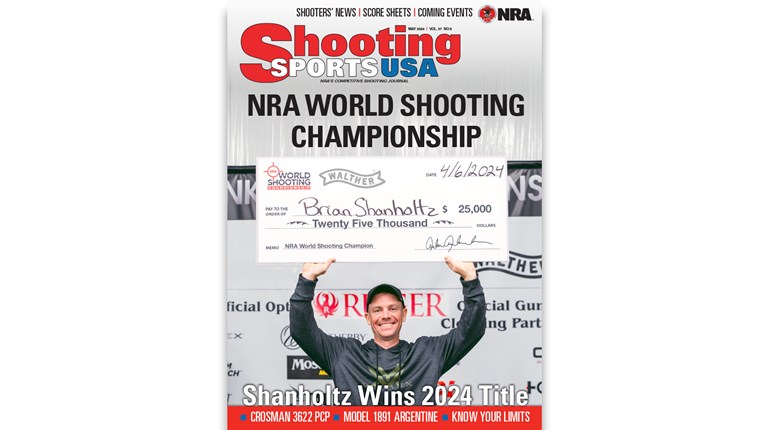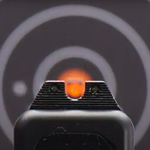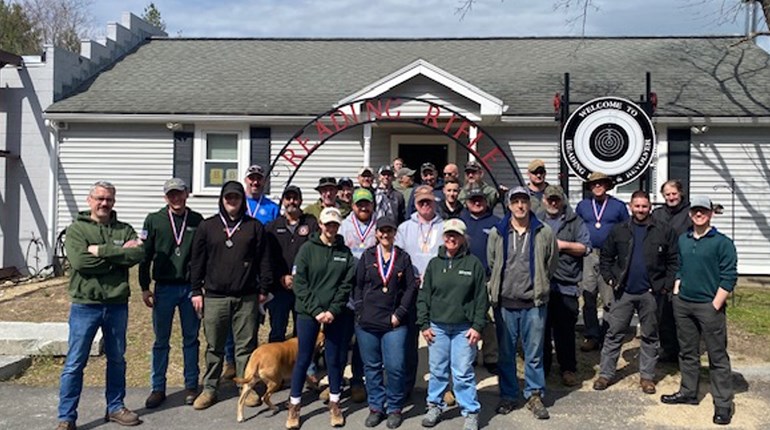
You know that friend that mom told you to avoid? We all have one, and mine was named Rick O’Shea. A troublesome lad, he was known for slinging lead into places it didn’t belong. His portfolio involves broken windshields, damaged ceilings and even a drop or two of blood. He can be a handful, but with a little bit of help, he can be controlled or even avoided altogether.
You have probably realized that Mr. O’Shea is the personification of the common range hazard known as “ricochet.” This undesirable bullet splashback can contain lethal energy and must be understood so that it can mitigated or, at the very least, redirected.
Let’s begin by pointing out a few “Nevers,” as it will eliminate many of the most avoidable scenarios. I’d like to start by addressing shooting into a body of water: Don’t. Liquid does a great job of reflecting images and light, but that’s not all. Ever skipped a rock across a pond? Because of science, bullets bounce right off of objects like lakes and ponds and fly off in indiscriminate directions. Aside from that, depositing lead projectiles into a waterway is a crime in itself in most instances, so just don’t do it.
The same holds true for placing a target on the ground. Bullets will skip across the soil, so ensure that something sufficient to stop said bullet is placed vertically directly behind the target. A hillside or cliff is ideal.
The other biggest “never” that I’d like to publish is to never shoot anything that can’t readily be considered a target. Shooting an old TV or computer looks like a lot of fun in the movies, but many of these are built with parts that are nearly bulletproof. Components like magnets and hard drives do a great job of stopping many projectiles and unwillingly returning them to their rightful owners.
Ricochets aren’t limited to backwoods firing lines—indoor ranges can be affected too. You must always ask if there are any ammunition limitations or cartridge restrictions. Many older ranges utilize an angled steel backstop that is only rated up to a certain power rating. If that rating is exceeded, it will damage and deform the backstop, changing its angle and its associated function. After a few rounds, things can become interesting in a “grab a tourniquet, quick!” kind of way.
The same holds true for steel-core ammunition, as this metal reacts differently than lead and copper upon impact. For lack of a better word, let’s just say it’s more “bouncy” and can create a hazard if unknowingly used on steel backstops. Because hardened steel is so good at stopping bullets, it’s the top choice for metallic targets. Often referred to as “AR-500,” this metal has an abrasion rating of 500, which means in the right thickness, it can stop nearly any civilian-legal rifle, pistol or shotgun round.
However, with great PING comes great responsibility. These targets come with clear-cut instructions on how to set them up, what can safely be fired at them, and from what distance. Topics such as how to properly assemble the hanging hardware and how to position them to direct spall into a safe direction are covered and instrumental to understand.
Once upon a time, Rick O’ Shea set up a steel target without using the included spring, and it landed “him” in the emergency room. It would have been much worse had I not been wearing ANSI-rated eye protection. I highly recommend having Quik-Clot Combat Gauze in your range bag just in case. Speaking from experience, it works.
Lastly, ammo selection will play a big part in ricochet mitigation. The safest conventional fodder will feature unjacketed solid lead bullets, with .22 LR being the safest of those, as less energy downrange leaves less energy that can be reflected back up range. Copper jackets have a well-earned reputation for separating from the rest of the projectile upon impact and becoming unpredictable. Taking them out of the equation solves this problem instantly.
A word of caution: Ensure any lead bullets that you are considering do not contain gas checks, as this hardened base cup will almost always bounce back to the user. Better still are frangible rounds (like those in the picture above) that are made with a proprietary material that turns to dust when it impacts a hard target. The only downside to those is that they are typically more expensive and harder to source at mom-and-pop stores.
This isn’t meant to discourage anyone, nor should it. With proper training, which can be as little as reading an instruction manual, keeping things safe and fun is a simple task. If there is one thing that Rick O’Shea avoids like the plague, it’s a safe range inhabited by responsible people.







































